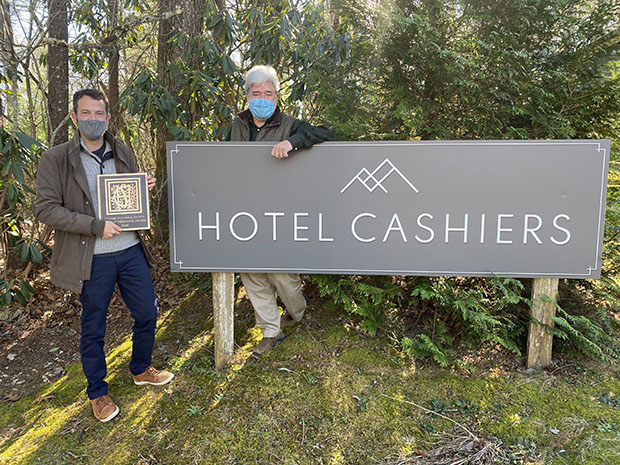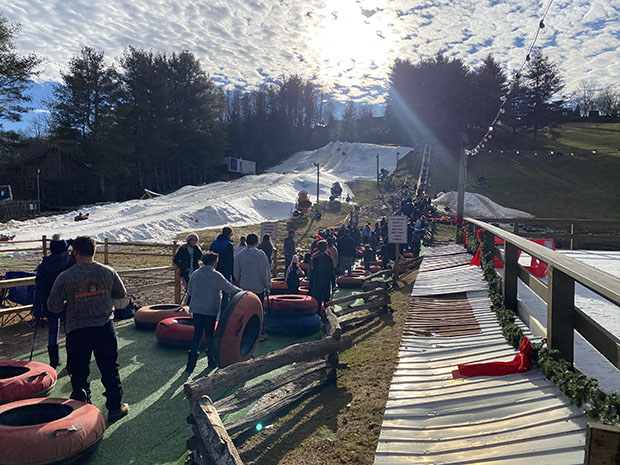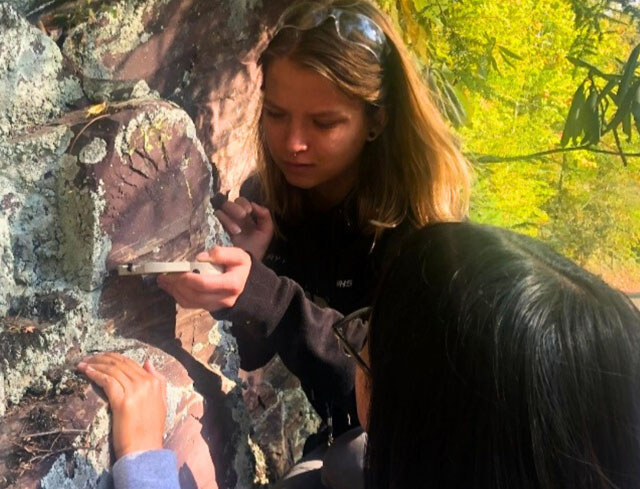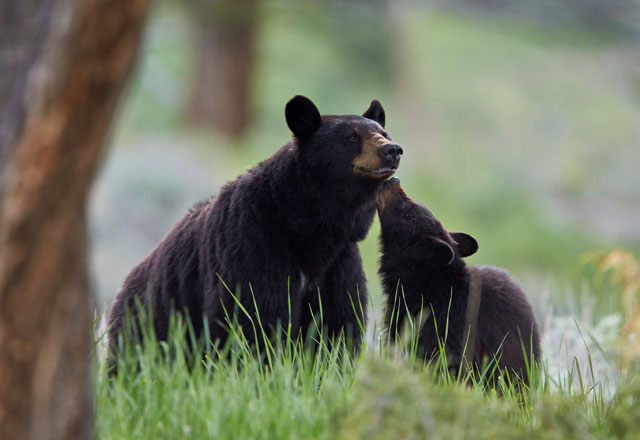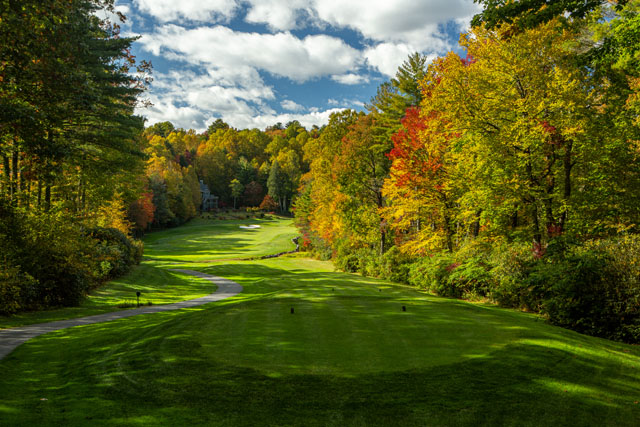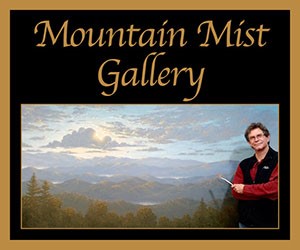Allowing the Soul to Bloom
04 Feb 2021
Preserving what counts in Highlands
By Ran Shaffner, Archivist Emeritus, Highlands Historical Society
Photos by George Masa, 1929, Highlands Historical Society Archives
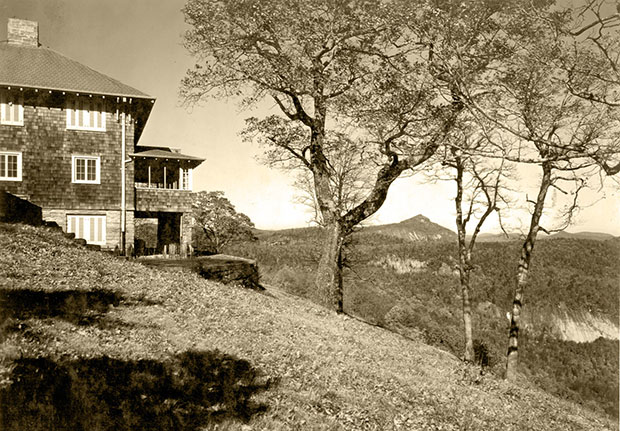
In 1884, six years after the founding of Highlands, an old gentleman was bartering some chickens for tobacco and calico and was heard to remark, "I'll be dogged! If Highlands don't begin to look plum like a city." If this old gentleman returned today, he'd think Highlands is huge. But a visitor from Miami or New York would never consider the town—population 989—as anything more than a village.
Growth looms more destructive in a village than in a metropolis, where it is far less noticed. To argue that a town, which doesn't grow, will die is to disregard deaths from overgrowth. The high cost of too much growth in a small town is not so much financial as human. The stakes are higher for a town like Highlands than for larger cities, whose residents visit for love of what makes it different rather than what duplicates life back home. The hope for Highlands’ future lies in preserving its natural and human qualities, its innate beauty and humanity.
To this end, the people of Highlands have sought to preserve its individual face, as distinguished from the appearance of the typical American town. Since 1990 Highlanders have succeeded in placing sixty-four historic sites on the National Register. Being on the National Register does not protect these structures from being upgraded, replaced or torn down, but it does identify them as worthy of being preserved. They are recognized as valuable parts of America's history, whether for their architectural beauty or for the significant people who lived in them.
These sixty-four sites were among 173 houses listed in a 1982 Historic Survey, showing that the architectural style in Highlands is so diverse it can't be categorized. The survey depicted two personalities of the town: (1) the stable, practical and provincial year-round personality and (2) the playful, cosmopolitan, summer personality. The styles ranged from Joe Webb log cabins to English manors and from a Japanese pavilion to a Southern plantation house. Although the town failed to write any of its historic structures into a protective ordinance, just identifying them as historically valuable made people aware of the unique treasures that give Highlands its character and personality.
But structures are only a part of a town's essential identity. This was recognized by the creation of many nonprofit organizations. Among them, the Highlands Biological Station was established in 1927 to protect the natural environment. Situated in a rain forest with a northern climate at a southern latitude as the highest town in the eastern United States, Highlands enjoyed one of the most diverse environments in the world. Conserving this unique setting has been the goal of the Biological Station, Botanical Garden and Nature Center for more than ninety years.
Much of the land surrounding Highlands has been protected since the Weeks Act of 1911 created the National Forests. Three years earlier the Highlands Improvement Society bought the top of Satulah Mountain, making its descendant today, the Highlands-Cashiers Land Trust, the oldest land trust in North Carolina. Today it preserves thousands of acres, outside the boundaries of the Forest Service, as scenic viewscapes along mountainsides and undisturbed landscapes in the valleys and on the plateau.
In addition to its role in helping preserve historic structures, documents, photographs, artifacts, etc., the Highlands Historical Society honors individuals who devoted their lives to conserving the land and the health of its people. It erected a North Carolina Historic Highway Marker to recognize Thomas Harbison, a local botanist and educator, who pioneered the late 19th-century study of flora in the southeastern United States. It erected another marker to honor André Michaux, who traversed the Highlands Plateau on his first trip to North Carolina to study its flora in 1787. A third marker honors Dr. Mary Lapham, who operated a sanatorium in Highlands in the early 1900s to ensure the health of its people, threatened by the scourge of tuberculosis.
A recent marker was erected to preserve the memory not of a person but a historic event. In 1885 moonshiners from Georgia laid siege on Highlands to free a fellow bootlegger. The event made front page of the New York Times as the "Moccasin War" and lives today in a Legend and Lore Marker on the street where it was actually fought.
Protecting the buildings, environment, history and folklore of a community and honoring the people who value its integrity will guarantee a town won't wither from overgrowth so long as it preserves its essential bloom.
Oh, how it is a man may grow
Away from his own soul—
How Nature kindly takes him back
And gently makes him Whole.
—Highlands native, Bess Hines Harkins, 1959

